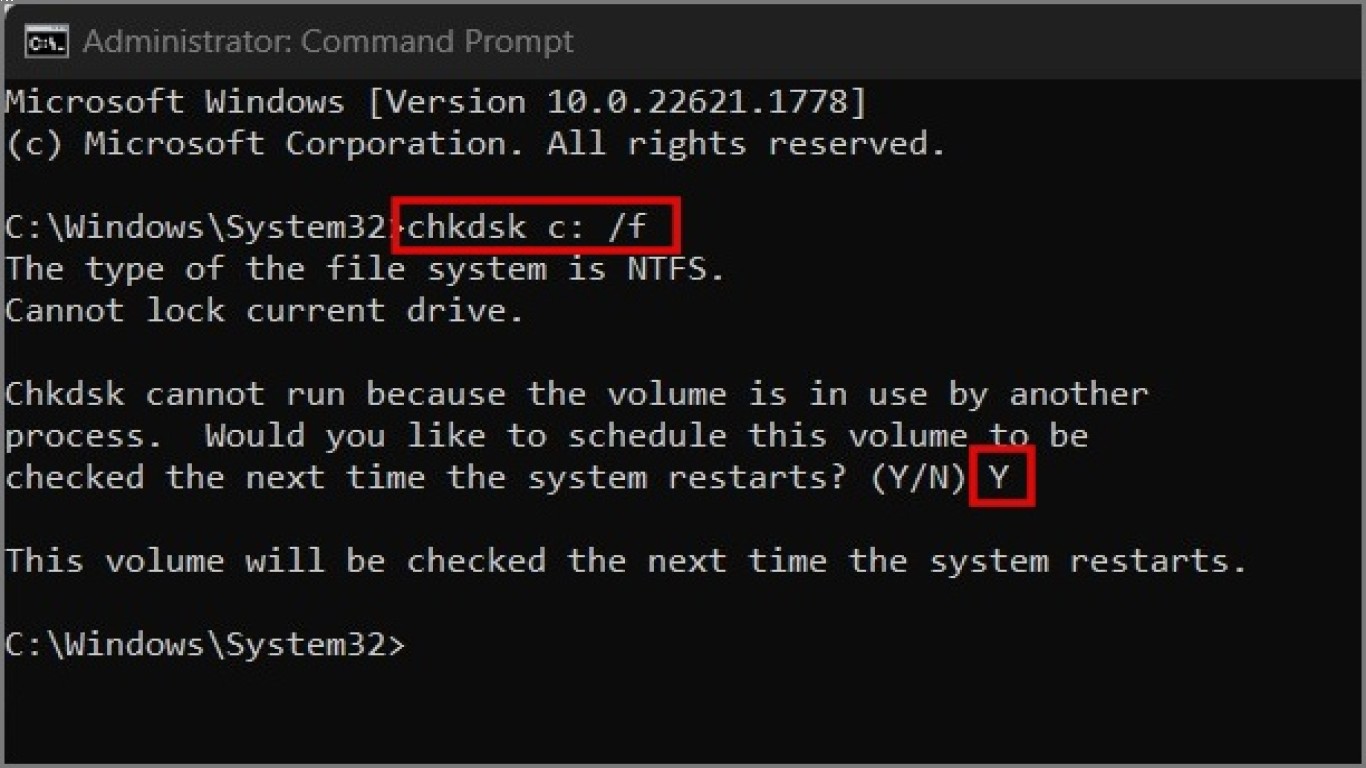How to Fix Slow Boot Time in Windows 10
How to Fix Slow Boot Time in Windows 10
Slow boot time can be a major annoyance, especially when you need to get tasks done in a hurry. Imagine having to wait several minutes each time you start your PC, and how those minutes can stack up over time—pretty frustrating, right? Don’t worry, this article aims to give you a complete rundown of how to tackle slow boot times on Windows 10. We're breaking it down step-by-step so you can improve your system's startup performance effectively and efficiently.
Understanding Why Your PC is Slow to Boot
Before diving right into the solutions, it's essential to understand why your Windows 10 PC might be acting slower than a tortoise on a lazy day. Common culprits include:
Too Many Startup Programs: These can bog down your workstation as soon as it boots up.
Outdated Drivers or System Updates: They can cause compatibility issues or even slow down your system overall.
Fragmented Hard Drives: If you're using an HDD instead of an SSD, defragmentation could be the issue.
Malware or Unnecessary Background Processes: They consume significant resources, delaying startup.
Hardware Issues: Old hardware components might not be able to keep up with newer software requirements.
Steps to Speed Up Boot Time
1. Optimize Startup Programs
One of the easiest and most effective ways to reduce boot time is to manage your startup programs. Here’s how:
- Task Manager: Press
Ctrl + Shift + Escto open Task Manager. Click on the 'Startup' tab to see which programs launch when your system boots. Disable non-essential programs by right-clicking and selecting 'Disable'.
Long-tail keyword: “Optimize startup program in Windows 10 for fast boot”
2. Keep Drivers and System Updated
Ensure your system's drivers and Windows 10 itself are up-to-date. Updates can often fix bugs, patch security holes, and improve performance.
- Windows Update: Navigate to
Settings > Update & Security > Windows Update, and clickCheck for updates.
Long-tail keyword: “How to update Windows 10 for improved boot performance”
3. Enable Fast Startup
Windows 10 includes a feature called Fast Startup designed to speed up the boot process.
- Control Panel: Go to
Control Panel > Power Options > Choose what the power buttons do, then make sure 'Turn on fast startup' is checked.
Note: Fast Startup might not show up if hibernation is disabled.
Long-tail keyword: “Enable Fast Startup in Windows 10 to speed up boot”
4. Defragment Your Hard Drive
For those still using traditional hard drives, defragmentation may be key. Although SSDs don't need defragmenting, HDDs do.
- Defragment and Optimize Drives: Search for this tool in your Start Menu, select your drive, and choose 'Optimize'.
Long-tail keyword: “Defragment hard drive for faster Windows 10 startup”
5. Check for Malware
Malware can quietly hog resources, contributing to slower startups. Regular scans are smart to maintain system health.
- Windows Defender: Use this built-in tool, or consider reputable third-party software like Malwarebytes for more thorough scanning.
Long-tail keyword: “Using Windows Defender for malware check in boot performance”
6. Upgrade to SSD
If all else fails, upgrading your hard drive to a Solid State Drive (SSD) can make a world of difference.
Why SSD over HDD?
SSDs access data much quicker than HDDs, resulting in faster boot times nearly every time. Though it may involve some investment, an SSD can enhance overall system performance significantly.
Common Obstacles and How to Overcome Them
Hardware Limitations
Your computer might simply be showing its age. When facing persistent boot problems, consider hardware upgrades such as an SSD or additional RAM.
Frequent Updates and Restarts
Windows 10 updates can sometimes slow down your PC as new features and fixes roll out. Ensure that your system updates at a convenient time to prevent further delays.
Bloatware
Manufacturers often preload new PCs with applications you might not need, commonly referred to as bloatware. Removing these can free up quite a bit of processing power and memory.
Conclusion
Fixing slow boot times in Windows 10 might take a little effort, but the results are totally worth it. From optimizing startup programs, keeping drivers fresh, and defragging those ancient HDDs, to checking for malware and considering hardware upgrades, there's a wealth of paths you can take to get your PC booting like it’s brand new. Don't let slow boot times grind your gears—instead, take action using the steps outlined above.
Frequently Asked Questions (FAQ)
1. How can I check which apps are slowing my startup?
Using Task Manager, navigate to the 'Startup' tab to view the impact each app has on the startup process. Disable non-essential ones.
2. Is upgrading to an SSD really worth it?
Yes, SSDs significantly reduce boot time compared to HDDs, offering faster data access speed and general performance benefits.
3. Can Windows 10 updates slow down my PC?
Occasionally, updates may introduce new processes or features that consume more resources. Keeping your system updated is in general beneficial for security and performance.
4. How do I know if malware is affecting my boot speed?
Use Windows Defender to scan for malware, or a third-party tool like Malwarebytes for a more comprehensive check, especially if you notice unexplained slowness or resource usage.
5. Does disabling Fast Startup affect system functionality?
Disabling Fast Startup won't affect your system's normal operation but may increase boot time, particularly if your hardware is older.
Take these actionable steps to remedy those snail-paced boot times, and reclaim your time from the clutches of a sluggish startup. Happy computing!
#slowbootwindows10 #fixbootissue #windows10performance #windows10bootproblem #bootspeedoptimization
